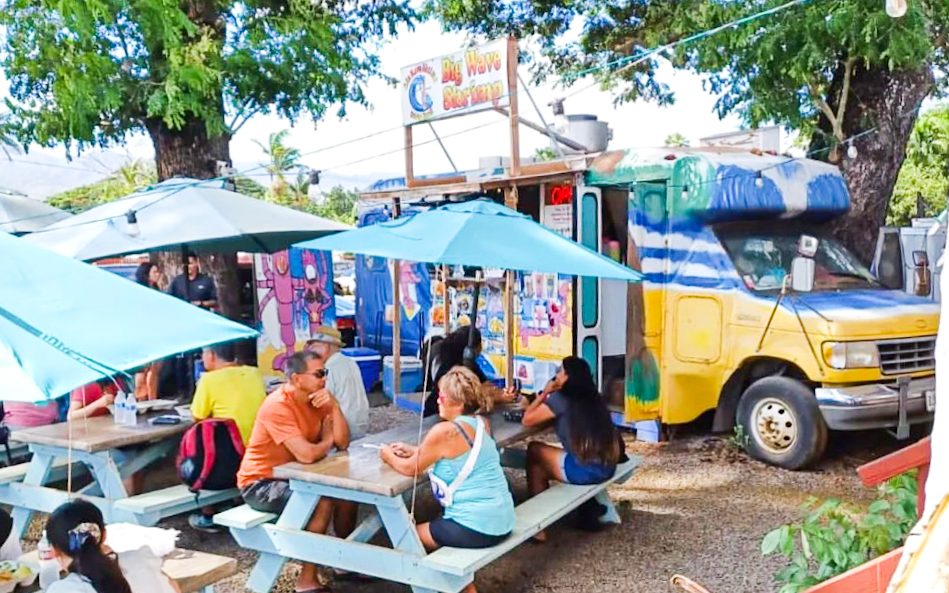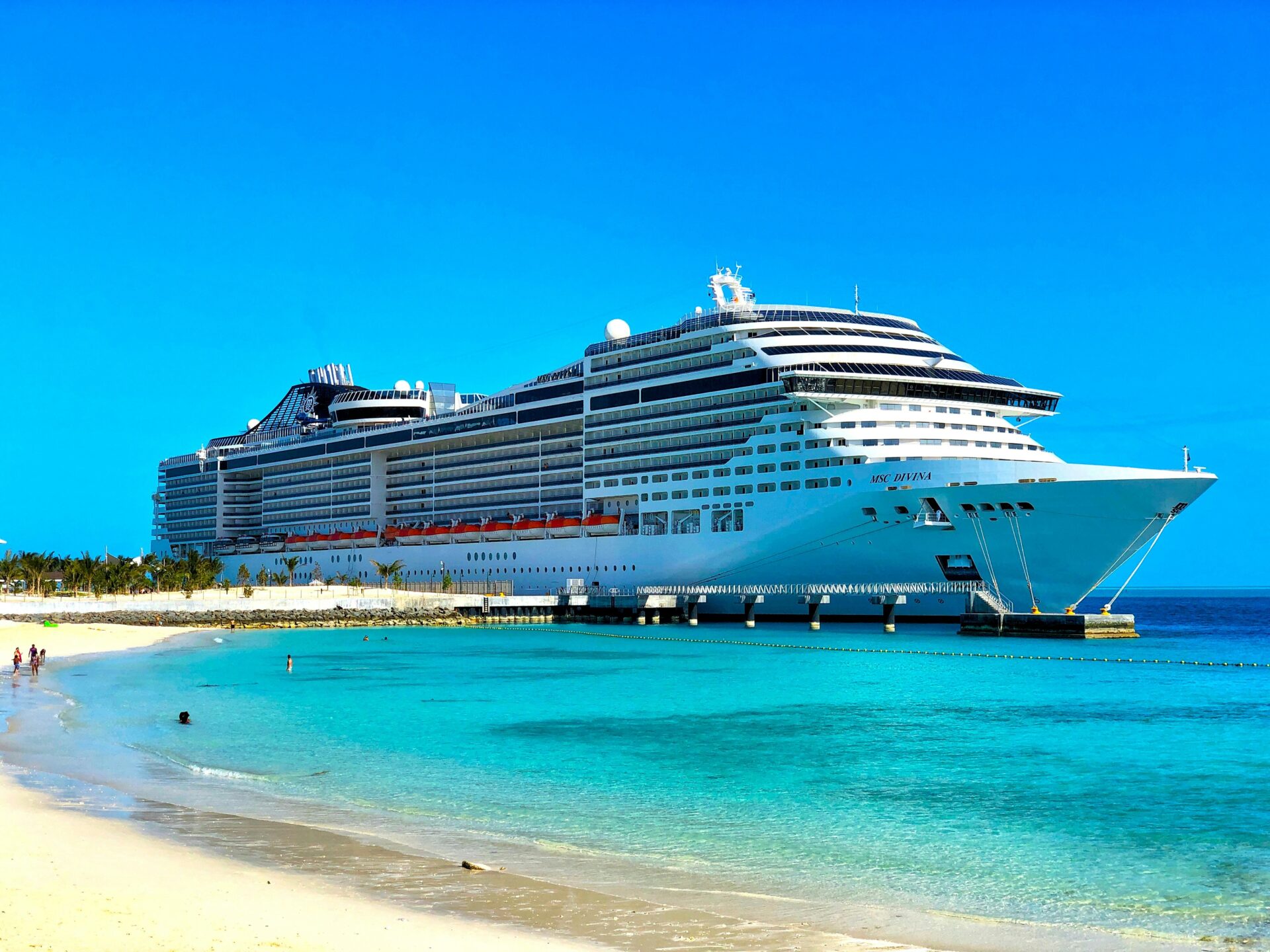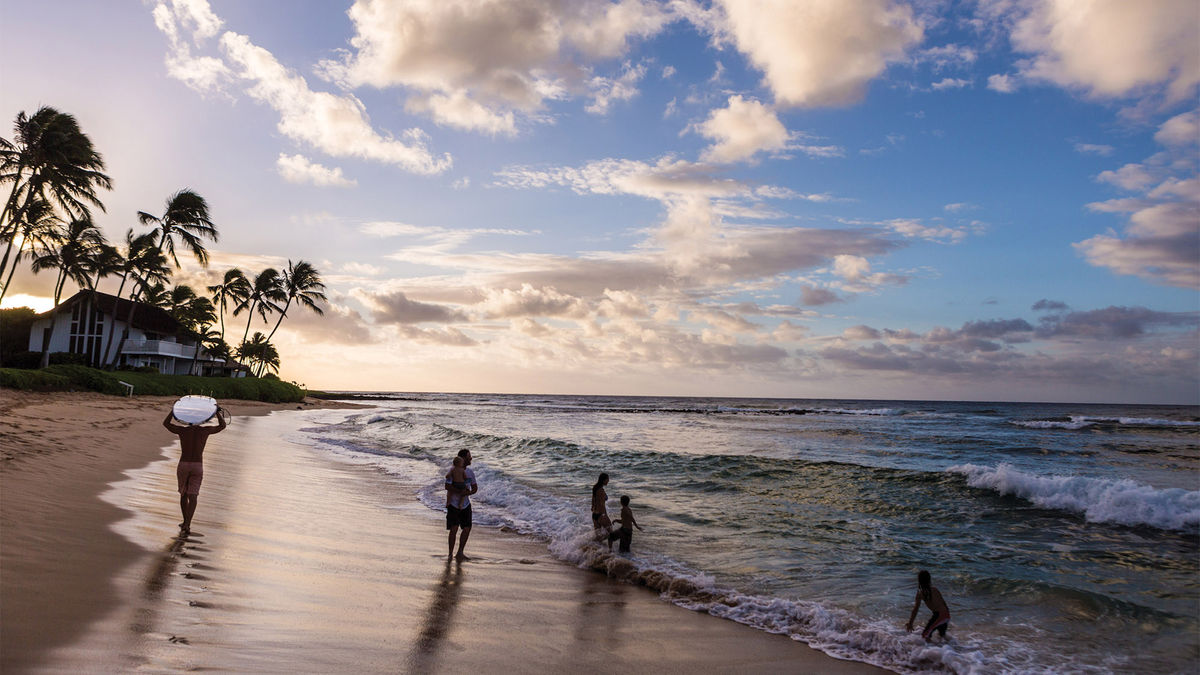Tipping culture has been steadily expanding, particularly in Hawaii, leading many to question whether it’s becoming exploitative. As tourism in Hawaii flourishes, tipping is gradually becoming a source of concern, with visitors being expected to tip in practically all situations. This creates confusion as it’s often unclear where the tips go – to the person who prepared the food, the cashier, or all the staff?
An example to illustrate this confusion comes from a coffee shop experience where a customer was suggested to tip up to 30% for a purchase of whole-bean coffee and an espresso. The customer, in this case, customized the tip to only include the prepared drink, shedding light on the confusion around tipping norms.
Importantly, the pressure isn’t singularly felt by the visitors; service employees also grapple with the expectation of delivering remarkable service to earn their livelihood. Critics argue that this burden is unfairly transferred to employees and customers by business owners, leaving both parties to bear the brunt of increased tipping expectations.
However, tipping holds a different connotation in Hawaii, largely due to the state’s high living cost. The service industry workers heavily rely on tips to survive, even with the minimum wage being raised to $14 per hour. A service worker was quoted saying how dependent they are on the generosity of tourists to cope with the high-cost economy.
The tradition of tipping at sit-down restaurants in Hawaii typically follows the mainland standard of around 20%. However, due to the outstanding service often encountered, patrons tend to leave more. The guideline for tipping in bars suggests $1 per beer or wine and 20% for cocktails.
Nonetheless, the culture of tipping appears to be extending beyond traditional service boundaries, with prompts for tipping now appearing for takeouts, counter-service, and pre-packaged drinks. This has led some visitors to find the practice excessive and taxing and raises questions about who should bear the cost of service-based work.
Hotels in Hawaii also harbor varying expectations around tipping. From budget hotels to luxury resorts, patrons are usually expected to tip bellhops, housekeeping staff and valet service. Tipping norms appear to vary widely, ranging from daily tips for housekeeping to tipping valets for retrieving vehicles.
Tour and activity providers, often playing a significant role in influencing the Hawaiian experience, also receive tips based on the service and experience provided. However, a constant expectation to tip for nearly all tourism-related activities has led tourists to feel a sense of tipping fatigue.
In the case of transportation, tipping is a standard practice whether one is taking a taxi, shuttle, or ride-share, with most suggesting a tip of 15-20% of the fare. If a driver assists with bags or provides local insights, a higher gratuity is considered appropriate.
However, as the orthodox practice of tipping continues to expand into non-traditional areas, some feel exploited. Patrons and workers alike are grappling with the impact of this heightened tipping culture, questioning whether it has become an unsustainable expectation that disproportionately falls on consumers and workers.
While the debate continues, one thing remains evident: tipping culture in Hawaii is multifaceted, reflecting the complex economic realities faced by those working in the burgeoning tourism industry. As service workers grapple with Hawaii’s high cost of living, visitors find themselves burdened by the constant expectation to tip. The key challenge will be in striking a balance that supports employees without overwhelming visitors, ensuring the sustainability of Hawaii’s hospitality industry.




